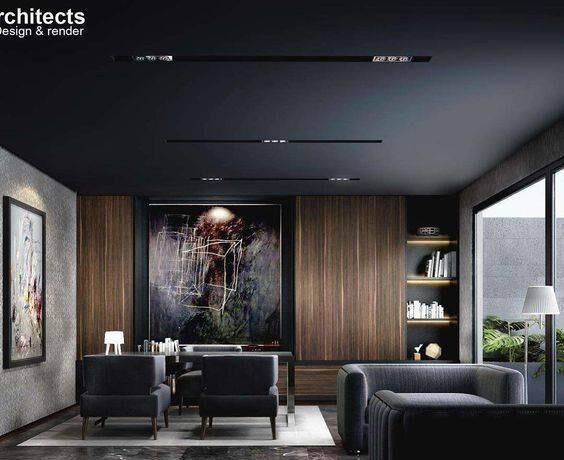Law firms’ interior design often reflects the tone and prowess of their firm.
However, a lot has changed regarding their office layouts and how they carry out their day-to-day activities. No longer are their office spaces uptight, thanks to modern interior design trends, which many modern-day law firms, like Crowell Law Offices, use.
Let’s take a look at some of the new interior design trends used in modern law firms.
1. Smaller Office Spaces
Law offices are smaller these days. An increasing number of law firms opt for a universal office space for all attorneys, irrespective of rank. This can minimize operational needs and make room for furniture standardization, and aid with space efficiency.
2. Transparency
Transparency is embraced largely by today’s progressive law firms to foster a more open and inclusive work environment. This helps to reinforce the firm’s ethos and organizational structure. The increasingly popular glass-walled offices and conference rooms allow natural light to filter into dark workstations, providing a far more collaborative atmosphere and a sense of connection in the workplace.
3. Open Layouts
Although considered one of the worst law office design trends, an open office layout is the only choice that enables law firms to hire and contain paralegals without incurring additional fees. Additionally, this structure fosters a sense of collaboration among employees who perform similar duties, resulting in better interaction.
Plants and flowers also help to improve the general mood and partition the open layout work area into smaller, more intimate sections.
4. Inexpensive Modern Furniture
Traditionally, law office furniture was crafted with high-end customized materials, which proved to be very expensive. Thankfully, leading furniture companies are starting to release basic, durable, and economical office furniture to fit practically any budget and demand.
Recent office furniture trends favor modular options that can be disassembled and reconfigured to create new work surfaces or office separators.
5. Focus On Collaboration
Back in the day, law firms had libraries where attorneys would connect while working, mostly due to central file storage. This is rapidly becoming obsolete. These days, creating collaborative spaces for attorneys has become a significant design concern.
This is being addressed in various ways, including extending seating areas near coffee break areas and incorporating stand-up meeting areas into the office layout.
6. Technology
Evolving technology has brought about major changes in the manner in which employees work. This has seen remote collaboration and online resources becoming the norm. Therefore, for employers, providing the ideal workspace is important to recruiting and keeping employees. Because work these days is unaffected by location.
Employees nowadays want a mobile workspace to complete their tasks in a space that accommodates their need for flexibility. This is now possible thanks to technical advancements, such as virtual legal libraries, computers, and smartphones.
Ensuring that these things are offered as primary tools to employees improves their productivity.
7. Neutral Color Schemes
Color is used as an ornament to revitalize an area and give it a distinct personality and unforgettable experience. And, because legal firms are generally connected with risk, light neutral color schemes are becoming more popular in the field.
In addition, using color in modest quantities and saturations allows for easy, quick, and economic changes to the workplace ambiance.
Embrace New Trends and Technology
It’s crucial to understand how a legal business operates, so the design of its facilities may be tailored to meet its specific requirements. Workplaces should be adaptable to allow for incorporating new design trends and the firms’ ever-changing needs.
In short, incorporating the correct design trends into a law firm can give it a competitive edge.






